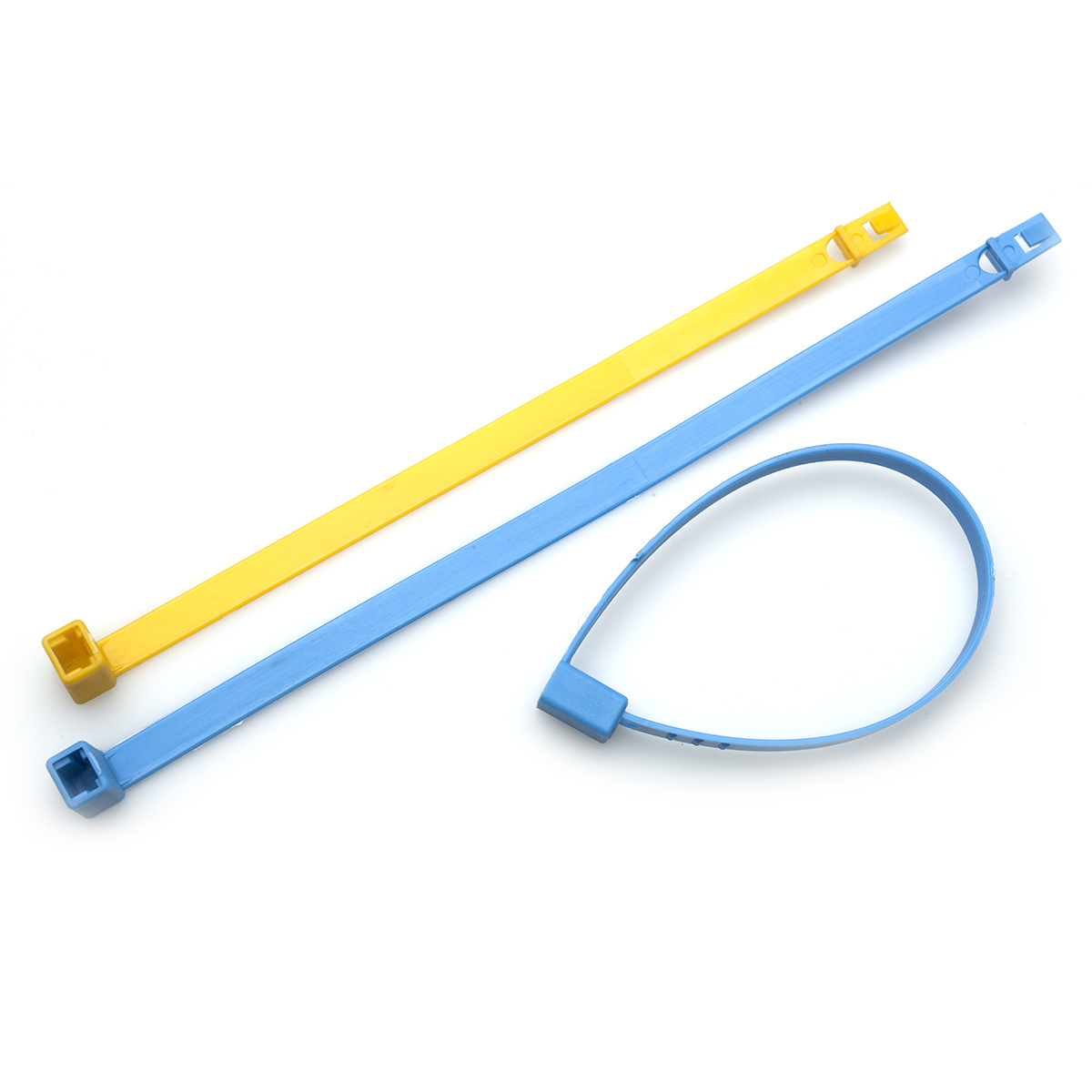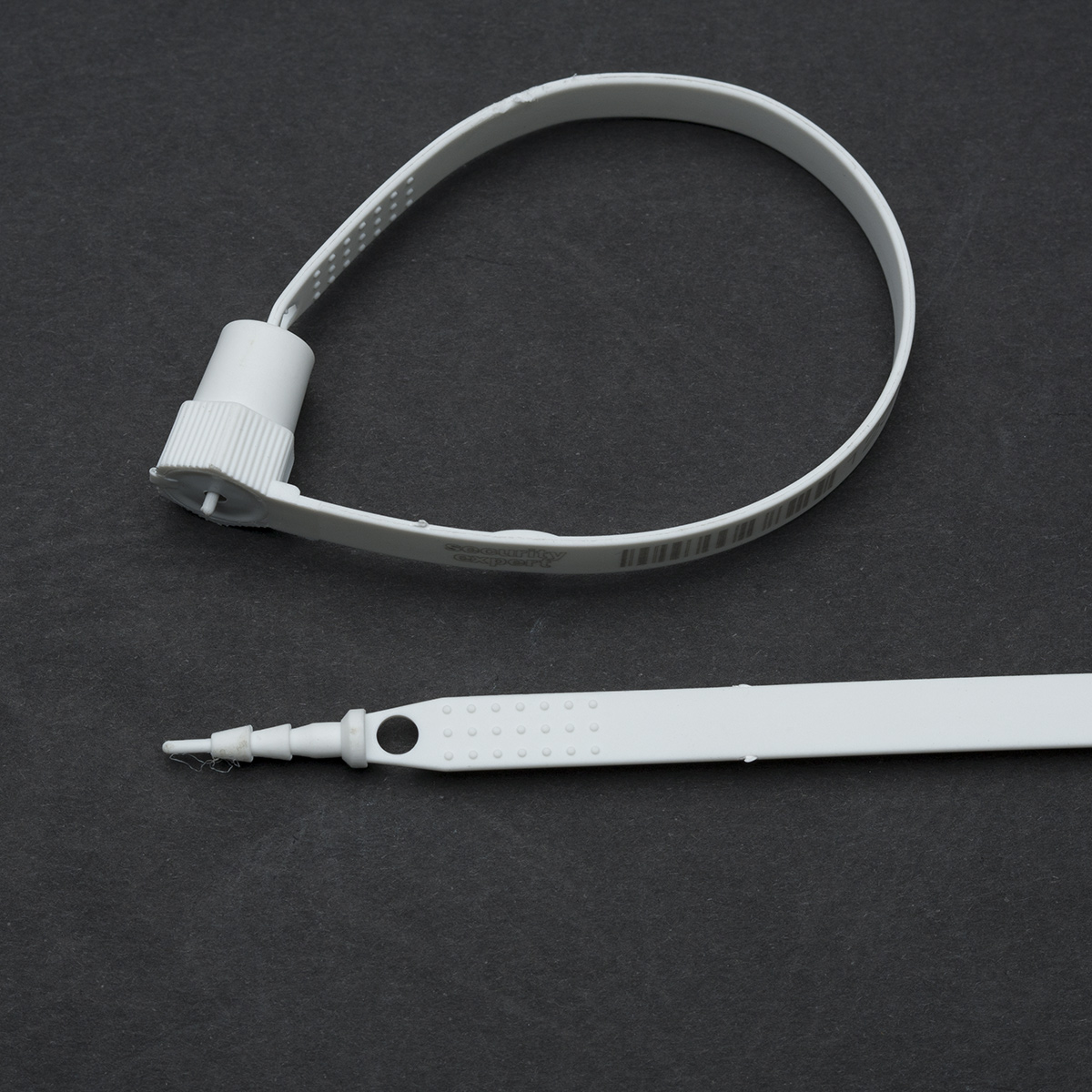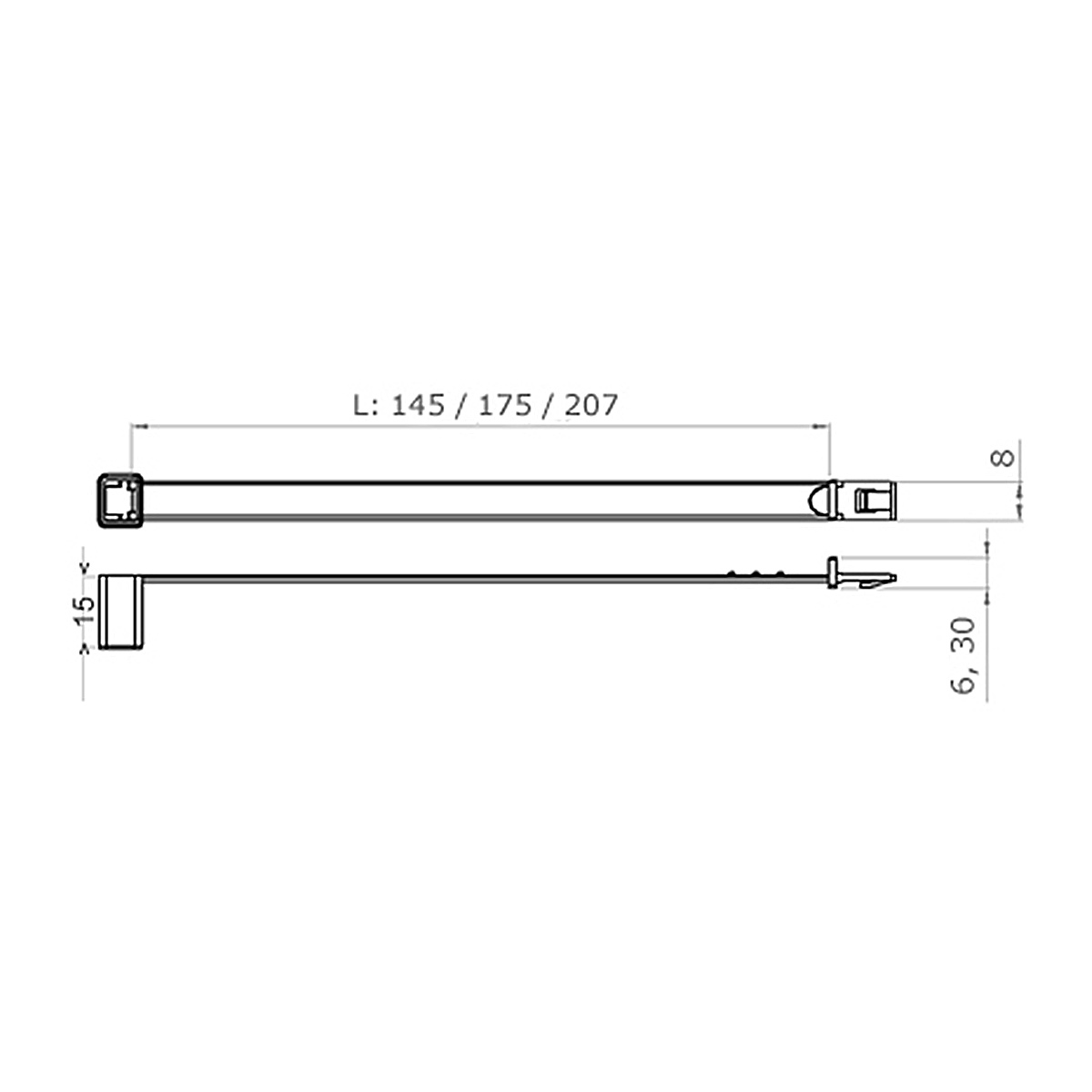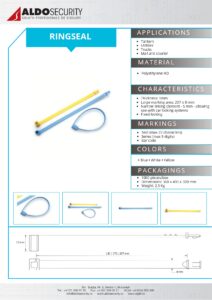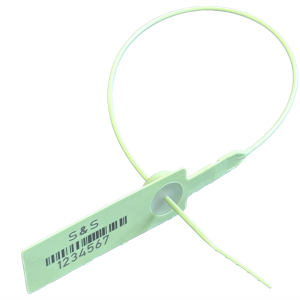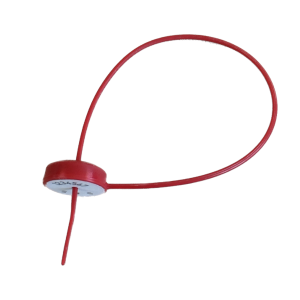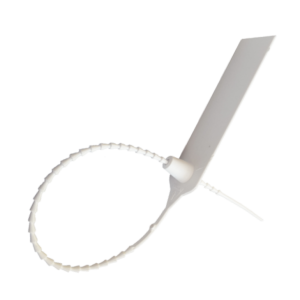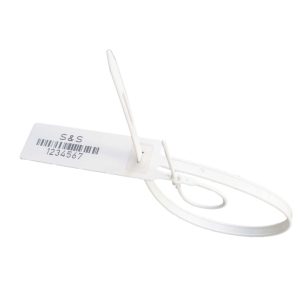Description
RINGSEAL numbered plastic security seals with fixed-length closures find applications in securing and controlling access to boxes used in aviation and general cargo transportation. These security seals are highly versatile and can be adapted to a wide range of needs and requirements.
Thanks to the construction system of RINGSEAL seals, they can be likened to padlock-style security seals. Fixed-length plastic seals tend to be more resistant to tampering than adjustable-length seals because they lack sliding parts in their design. They simply “click” to lock, making them easier to install than variable-length seals.
Most fixed-length closure seals can also be marked and numbered for added security.
The fixed closure length of these seals is often the primary choice for transport security applications.
Applications of RINGSEAL Fixed-Length Closure Seals:
- In manufacturing: offices, workshops, workplaces, and even machinery, measuring and control devices, and preserved equipment can be sealed to detect fraudulent manipulation or unauthorized access.
- In the monetary and banking sector: for sealing safes, cash safes, or other valuables and for bags/sacks collecting valuables.
- In the transportation industry: fixed-length closure seals are a convenient type of security sealing device – quick and easy installation, which is especially valuable when dealing with a large number of items. Considering their special indicator capability for attempts to break into protected objects.
The benefits of using fixed-length plastic seals often outweigh any acquisition costs. This is an efficient way to prevent theft, fraud, and unauthorized interference in the operation of mechanisms, tools, and equipment. One reason for using these seals is that fixed-length closure seals can be used as metal padlocks for securing, but they do not require keys to open. They can simply be broken at their specially designed point, using hands or a small wire cutter.
They are secure due to the available audit trail as a result of sequential numbering, text, logos, and barcodes.

